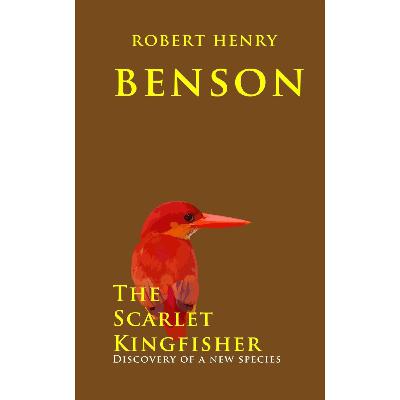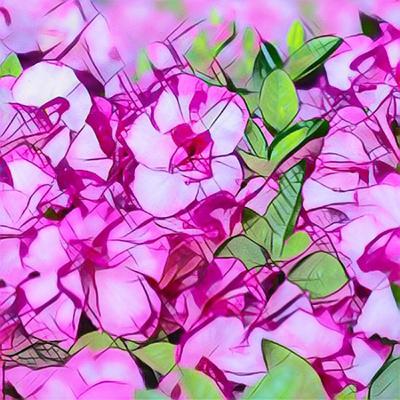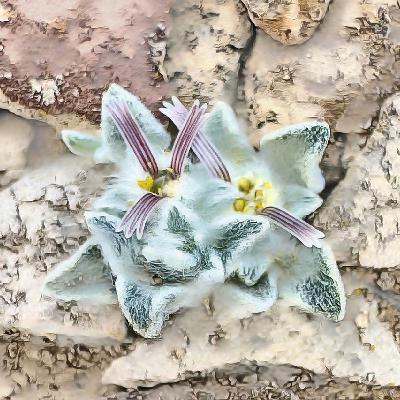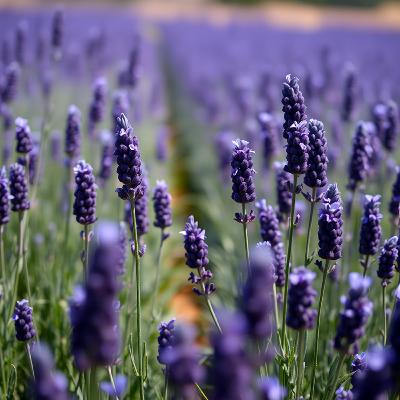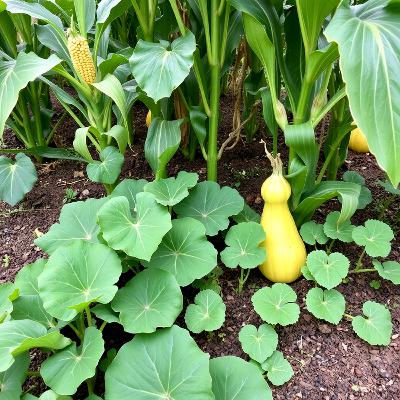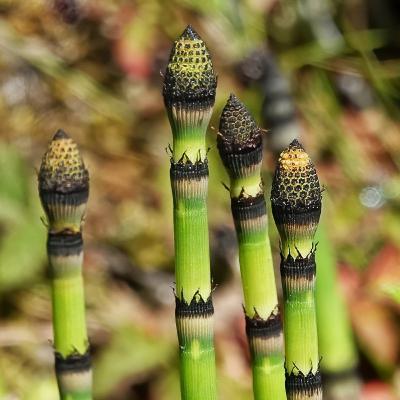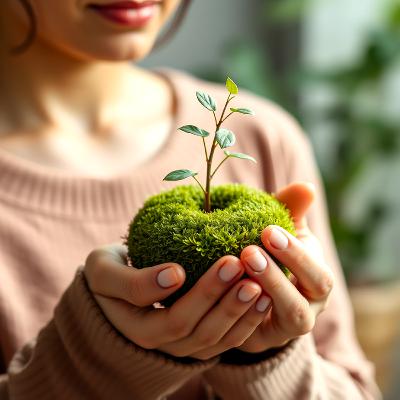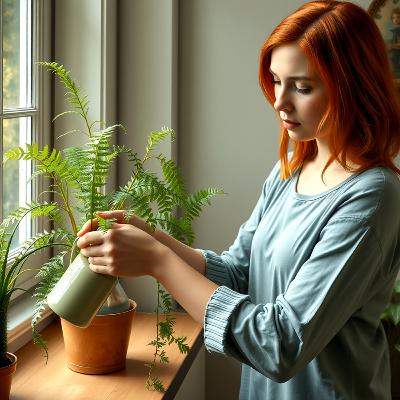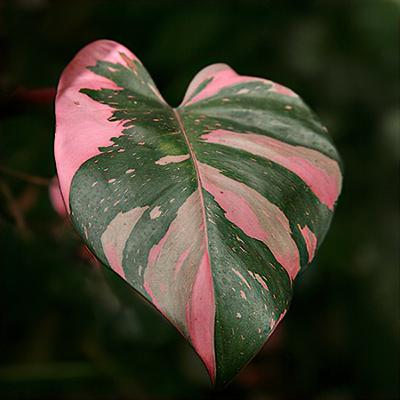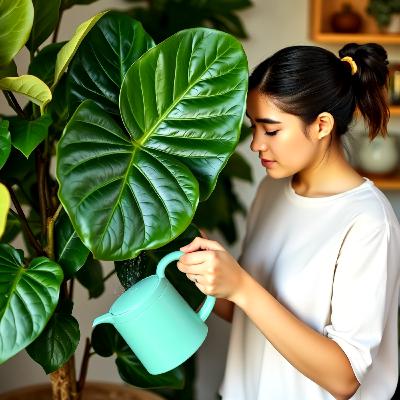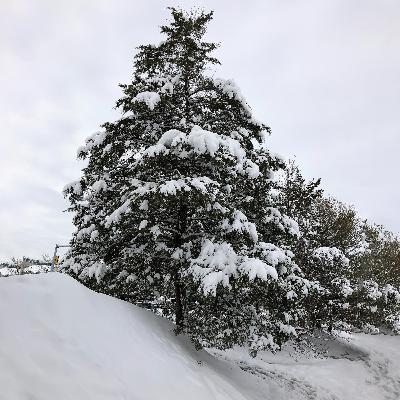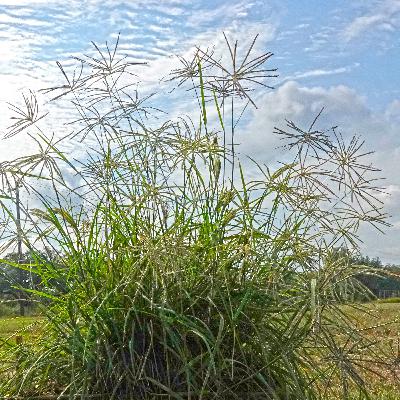Discover Leaf by Leaf
Leaf by Leaf

Leaf by Leaf
Author: Robert Benson
Subscribed: 0Played: 1Subscribe
Share
© Robert Benson
Description
Welcome to Leaf by Leaf, the podcast where you’ll find inspiration and helpful plant information. From hardy native species to exotic houseplants, we explore local favorites and global treasures, ensuring there's something for everyone. Tune in to celebrate the joy of plants! I rely heavily on AI to research the topics and to produce the scripts for each podcast. I create the ideas for and the outline of each podcast and "lord over" the AI with intense scrutiny, assuring you get the best possible information and entertaining delivery. Thank you for joining us.
56 Episodes
Reverse
Did you know that switching to xeriscaping could create astunning, low-maintenance lawn while dramatically cutting your water usage up to 50%? Xeriscaping, often misunderstood as just “low-water landscaping,”can be much more. It's an art that blends sustainability, beauty, and practicality, transforming any suburban lawn into a water-efficient oasis that doesn’t compromise charm or aesthetics.
Written by Chloe Kent
Written by Robert Henry Benson
Written by Alice Hanov
Written by Robert Henry Benson
Written by Renée Ebert
2024 was an exciting year for gardening enthusiasts, plant lovers, and green thumbs everywhere, with an array of new plant cultivars hitting the market. The latest plant introductions are designed to spark creativity and refresh landscapes nationwide, from vibrant new flowers to robust, easy-care shrubs. Whether you want to add a burst of color to your garden, create a more sustainable landscape, or discover unique plant varieties, 2024 offerings have something special for you. Last year’s new plants offer stunning beauty, better performance, and innovative features, giving gardeners even more reasons tocelebrate the ever-growing world of horticulture.
In the rugged wilderness of Big Bend National Park in West Texas, a remarkable discovery is rewriting the rules of plant diversity in one of the most ecologically rich and challenging environments in North America. Nestled among the rocky, sun-scorched terrain of the Chihuahuan Desert, scientists have recently identified a striking new plant species that has piqued the curiosity of botanists and nature enthusiasts alike. Ovicula biradiata, or "Woolly Devil," was discovered in 2024, and it’s already generating excitement for its unique appearance and elusive habitat. With its fuzzy white foliage and maroon ray florets, Ovicula biradiata is unlike anything cataloged in the region before, offering a glimpse into the hidden beauty of the desert’s most rugged corners.
Imagine walking through asun-drenched field, the warm breeze carrying the unmistakable scent of freshlavender. The purple blooms dance gently in the wind, and a calming, almostmagical aura surrounds the landscape. Lavender is more than just a beautifulplant; it’s a timeless symbol of nature’s elegance, a fragrant herb with a richhistory, captivating uses, and an irresistible charm that has captivatedcultures for centuries. Let’s dive into the fascinating world of Lavandula, thegenus that gives us this beloved herb, and uncover the secrets behind itslasting popularity.
As winter’s chill begins to melt away and the first rays of sunshine warm the earth, the promise of spring is on the horizon—and what better way to celebrate the season's arrival than by planting a vibrant garden of early-blooming flowers? Imagine stepping out into your garden to see bursts of color peeking through the soil; each bloom is a reminder that the world is waking up. If you're eager to kick off your garden early, a few hardy flowers can survive those final frosts and add cheer to your outdoor space. Pansies, primroses, daffodils, and crocuses are perfect to plant at the beginning of the season. These flowers are resilient and incredibly beautiful, and each brings its unique charm to the spring garden.
In the quiet hum of a garden, the seemingly simple legume plant may hold a secret to nature's most critical ecological partnerships—one that allows the soil beneath our feet to thrive. This relationship, known as nitrogen fixation, is a symbiotic dance between legumes and bacteria that has been happening for millions of years, almost unnoticed by the casual observer. However, beneath the surface, this bond is an engine of fertility that sustains entire ecosystems and even human agriculture. It is a story that intertwines science,history, and the unseen magic of nature's underground network. The discovery of this remarkable process changed our understanding of soil health, plant growth, and how we approach agriculture.
Imagine a plant so ancient that it has witnessed the rise and fall of dinosaurs, survived mass extinctions and thrived for over 300 million years. Meet the horse-tailed rushes, a group of plants that have quietly persisted through the ages, adapting to changing environments while retaining their prehistoric charm. These fascinating plants, often overlooked in the modern world, are a window into Earth’s distant past and a unique addition to contemporary landscapes. In this episode, we’ll explore the evolutionary journey of horse-tailed rushes, their distinctive characteristics, their habitats, their introduction to science, and their role in modern gardening and landscaping. Along the way, we’ll uncover some surprising facts that make these plants extraordinary.
Imagine a tiny world suspended in mid-air, where delicate ferns emerge from a sphere of emerald moss or where succulents sprout from perfectly round globes hanging like natural ornaments in your home. This is the enchanting world of kokedama, the Japanese art of creating "moss balls" that transform ordinary houseplants into living sculptures. These botanical masterpieces have captured the imagination of plant enthusiasts worldwide, offering a unique blend of traditional Japanese aesthetics and modern interior design.
Before flowering plants painted the Earth with their colors, ferns dominated our planet's landscapes, their delicate fronds dancing in prehistoric winds. Today, these living fossils bring a touch of that primordial elegance into our homes, with the Maidenhair Fern leading the parade of popular indoor varieties that captivate plant enthusiasts worldwide.
From Leaf to Love - The Magic of the Pink Princess
Move over, basic houseplants - there's a new royal in town! With leaves that look like they've been painted by nature's most artistic hand, the Pink Princess Philodendron (Philodendron erubescens 'Pink Princess') has become the crown jewel of the indoor plant world. This stunning beauty combines deep forest greens with splashes of bubblegum pink variegation that can make even the most seasoned plant enthusiast's heart skip a beat.
Picture this. You're walking through a serene Japanese garden, the gentle rustle of bamboo leaves creating nature's perfect soundtrack. Now imagine bringing that same peaceful energy right into your living room. I can tell you that bamboo isn't just another houseplant. It's a living piece of history that brings elegance and sustainability into modern homes.
The Fantastic Fiddle Leaf Fig: From African Forest to Urban Jungle
Did you know that the trendy Fiddle Leaf Fig (Ficus lyrata) was once considered sacred in parts of West Africa, where native tribes believed it possessed mystical powers to ward off evil spirits?
Despite its common name, the Eastern Red Cedar is not a true cedar but a member of the juniper family, Cupressaceae. This remarkable evergreen conifer has woven itself into the fabric of North American history, serving countless purposes from practical construction to sacred ceremonies.
Beneath our feet lies a remarkable network of life that has shaped our planet's ecosystems for millions of years. While trees often steal the spotlight in environmental discussions, the humble grass family is one of Earth's most crucial ecological engineers. These silent architects have been instrumental in creating and maintaining the world as we know it today.
Let’s explore the fascinating world of Philodendrons, beloved tropical beauties that have captured the hearts of plant enthusiasts worldwide. Today, we'll explore these plants' incredible journey from their native habitats to our homes and share essential care tips to help them thrive.






